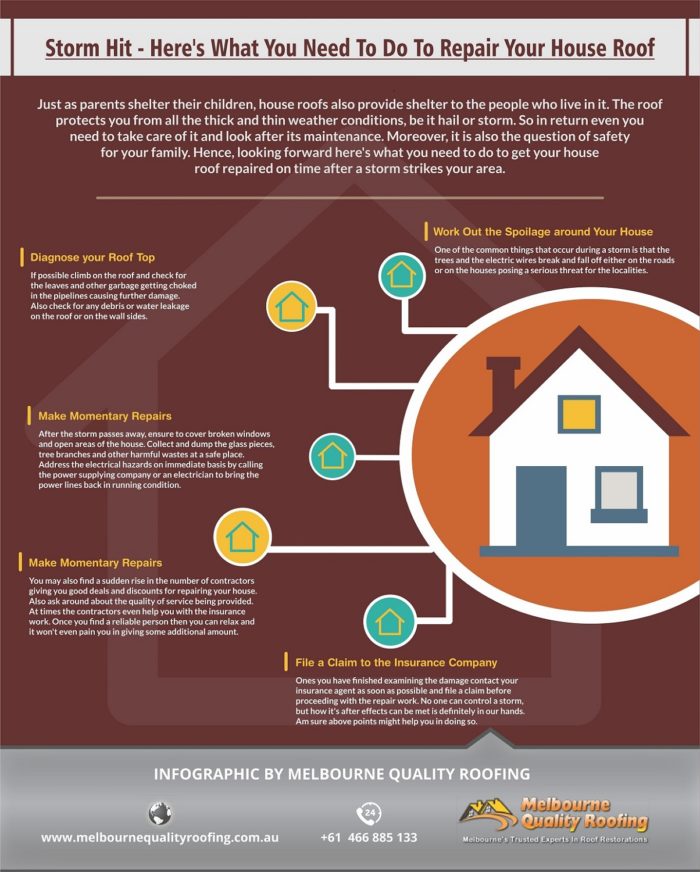Examine How Variable Climate Condition Can Throw Off Your Roofing Setup Schedule And Identify Essential Techniques To Maintain Your Project Straightened And On Schedule, Also When Confronted With Damaging Climate
Examine How Variable Climate Condition Can Throw Off Your Roofing Setup Schedule And Identify Essential Techniques To Maintain Your Project Straightened And On Schedule, Also When Confronted With Damaging Climate
Blog Article
Authored By-Hayden Mcknight
When you're intending a roofing installation, it's vital to take into consideration how climate condition can considerably affect your timeline. Rainfall can develop hazardous working conditions and compromise products, while extreme temperatures can affect the stability of the roofing parts. High winds posture their very own collection of challenges, potentially delaying progression and enhancing security risks. Comprehending these aspects can aid you make informed choices, yet what particular methods can you implement to navigate these weather-related barriers successfully?
Impacts of Rain on Installation
When it rains, roofing installment can encounter considerable difficulties. Damp conditions can make surfaces slippery, raising the danger of crashes for you and your staff. It's critical to prioritize safety and security throughout these times; otherwise, you may find the work becoming a lot more dangerous than productive.
Moreover, rainfall can influence the products you're utilizing. If shingles or other roof materials splash, they can be damaged, leading to potential leaks and minimized life expectancy. You'll want to guarantee every little thing keeps dry to maintain high quality and stay clear of pricey substitutes later.
Additionally, rain can delay your project timeline. If you're incapable to function as a result of inclement weather condition, you might find yourself pushing back conclusion dates. This can interrupt not only your routine yet also your clients' strategies.
To reduce these problems, think about preparing your installment during drier seasons or watching on weather forecasts. If rainfall is expected, you might wish to delay the setup to ensure a safe and effective procedure.
Ultimately, understanding just how official site can help you make informed choices and maintain your operations smooth.
Challenges of Extreme Temperatures
Severe temperatures can present significant obstacles for roof setup. If you're working in severe heat, products like asphalt tiles can end up being extremely flexible, making them difficult to place precisely. You could locate that the sticky used for roofing materials doesn't bond appropriately, causing potential concerns down the line.
On the other hand, when temperature levels go down, materials can become brittle. This brittleness can create shingles to split or damage throughout setup, endangering the integrity of your roof.
Furthermore, severe cold can decrease the curing procedure of adhesives and sealers, making it harder for them to establish properly. You might need to wait longer before using added layers or finishing the job.
To alleviate these challenges, you must prepare your installment timing meticulously. Morning or late afternoon can be optimal during hot days, while selecting milder days is essential in the cold weather.
Wind's Function in Roof covering Projects
Weather dramatically impact roof jobs, and wind presents its own set of challenges. High winds can jeopardize both your safety and security and the high quality of your setup. When https://stpetecatalyst.com/st-pete-roofing-company-grows-footprint-after-sale/ 're up on the roofing, gusts can easily throw off your equilibrium and produce hazardous problems.
It's necessary to keep track of wind rates prior to starting, as several roof products can become airborne or misaligned in strong winds.
If you find yourself dealing with windy conditions, it's best to postpone the task. Not only does this safeguard you and your team, but it likewise guarantees that the roofing materials stick correctly. Adhesives might not set appropriately in high winds, leading to potential leakages and damage later on.
Furthermore, wind can bring particles that could strike your roof, causing more complications. You'll intend to examine the location for prospective threats and make sure every little thing is protected.
Ultimately, planning your roof covering task around wind conditions can save you time, money, and frustrations. Prioritize safety and security and high quality, and don't hesitate to reschedule if the winds are also solid. Your roof covering is entitled to the most effective installation possible, and the best weather makes all the distinction.
Verdict
Finally, it's vital to keep an eye on climate condition when arranging your roofing installment. Rain can postpone progression and trigger damages, while severe temperatures can endanger material stability. Do not forget the influence of wind, either, as it can develop dangerous working conditions. By planning around the weather, you'll guarantee a smoother installment process and protect your investment. Keep educated, and you'll achieve the very best results for your roof task!
